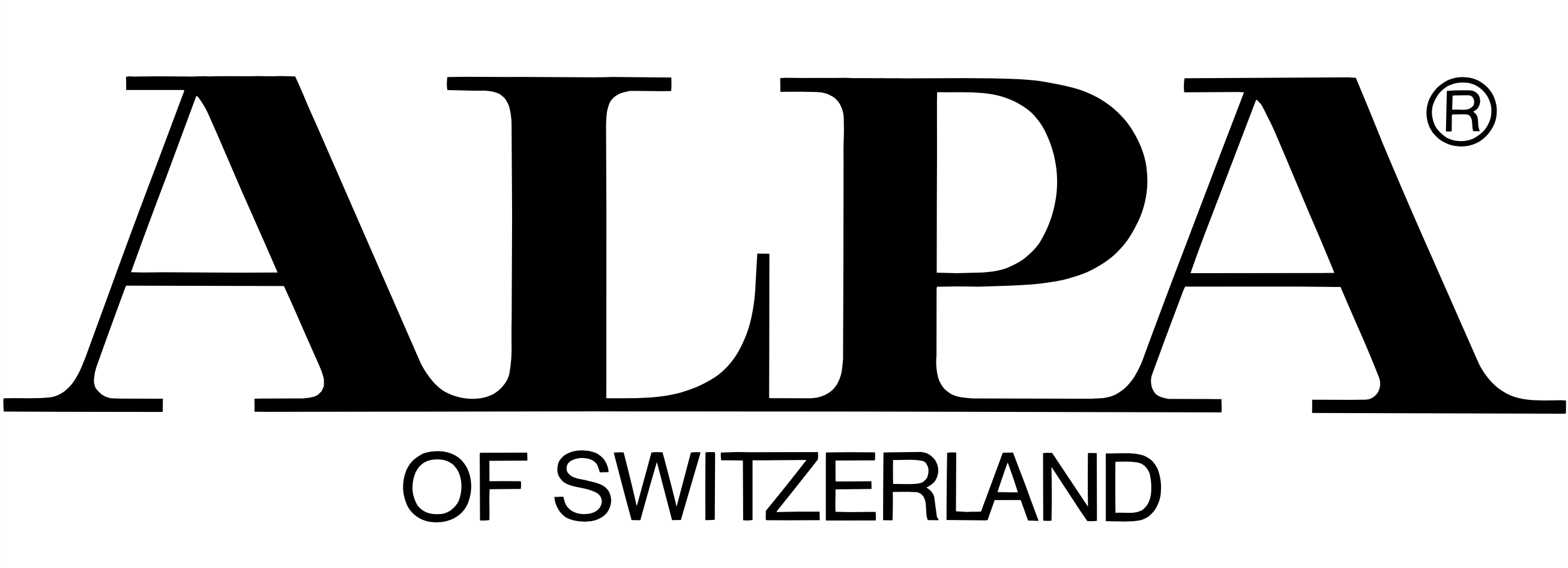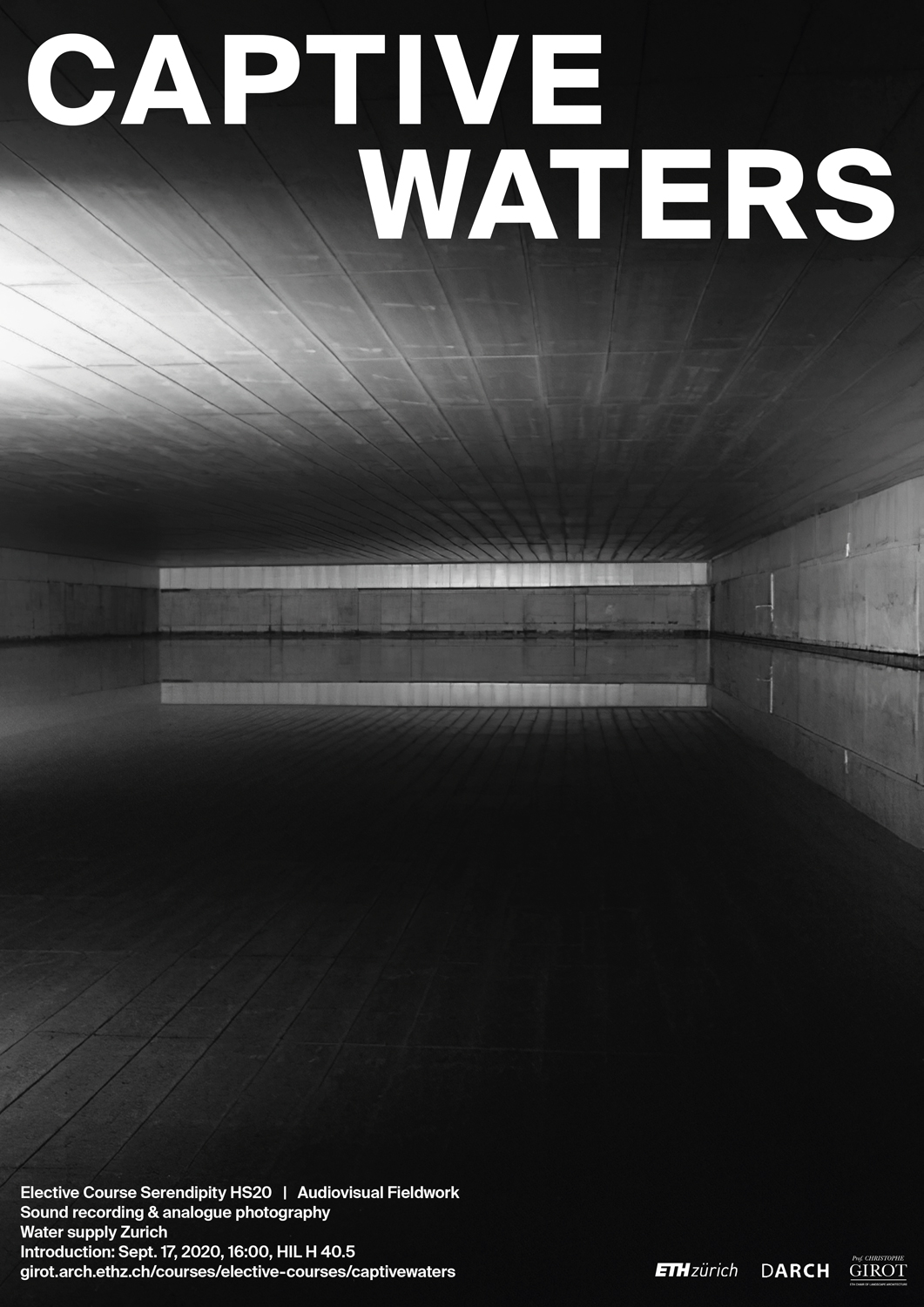
We will approach the water infrastructure of Zurich with sound recorders and analogue medium format cameras. Spending time on site will give us the possibility to emerge into the system of water and observe it on different scales. Back on campus Students will work on an audiovisual composition, created in the AudioVisual-Lab and the PhotoLab.
We want to understand the spatial characteristics drawn by light and sound and create a new perception of these places. What spatial qualities can we find in this hidden underground landscapes? And how can we present these discoveries in an audiovisual work?
TOOLS: Analoge Photography / Sound recorders and contact microphones
TEACHING TEAM: Prof. Christophe Girot, Ludwig Berger, Dennis Häusler, Johannes Rebsamen, Matthias Vollmer
CONTACT: Johannes Rebsamen
Final Review on 3 December 2020
Student works of the Final Review
Have a look at our temporary exhibition of work in progress: girot.arch.ethz.ch/captivewaters/expo
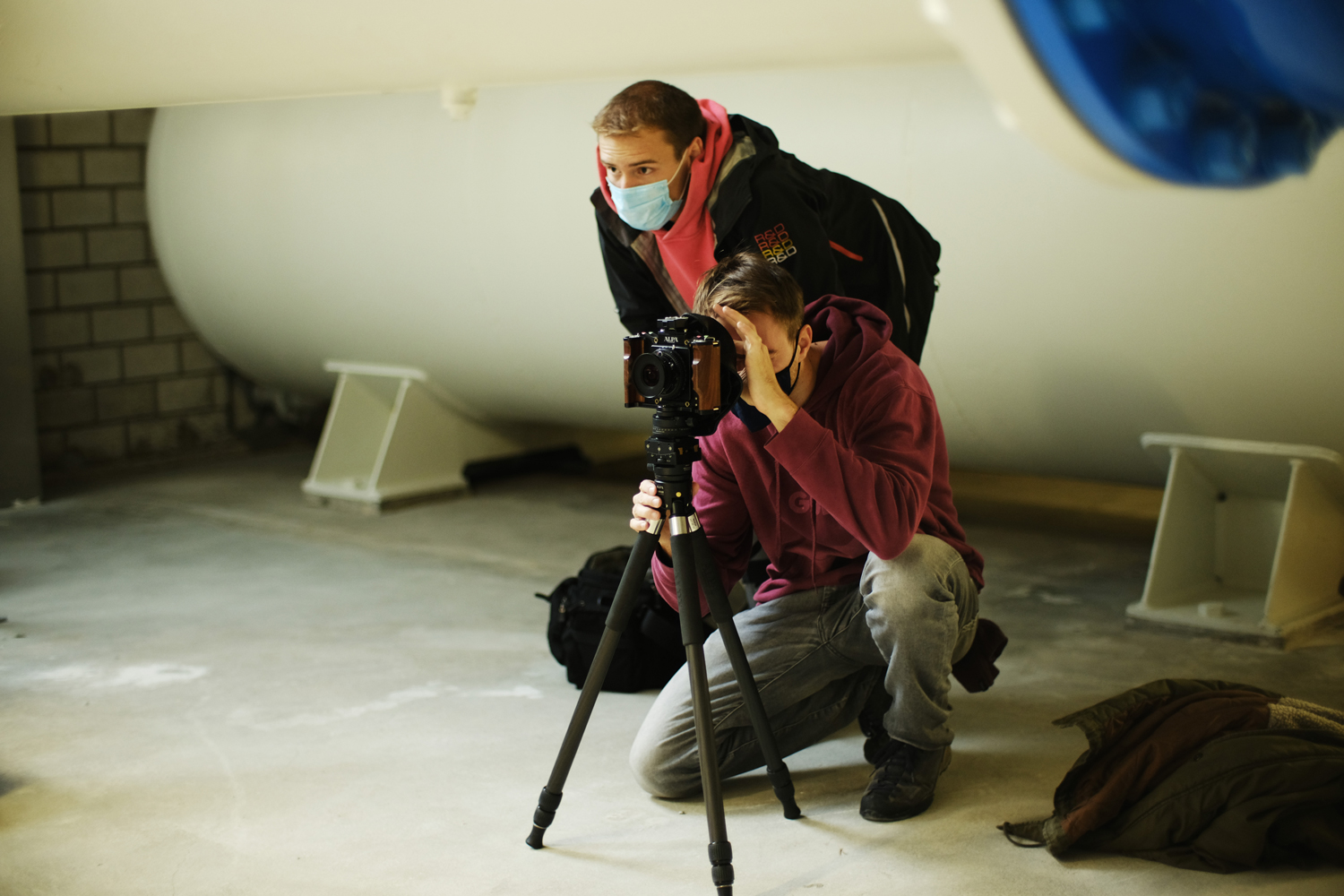
Feld work at the water treatment plant Lengg, Zürich.
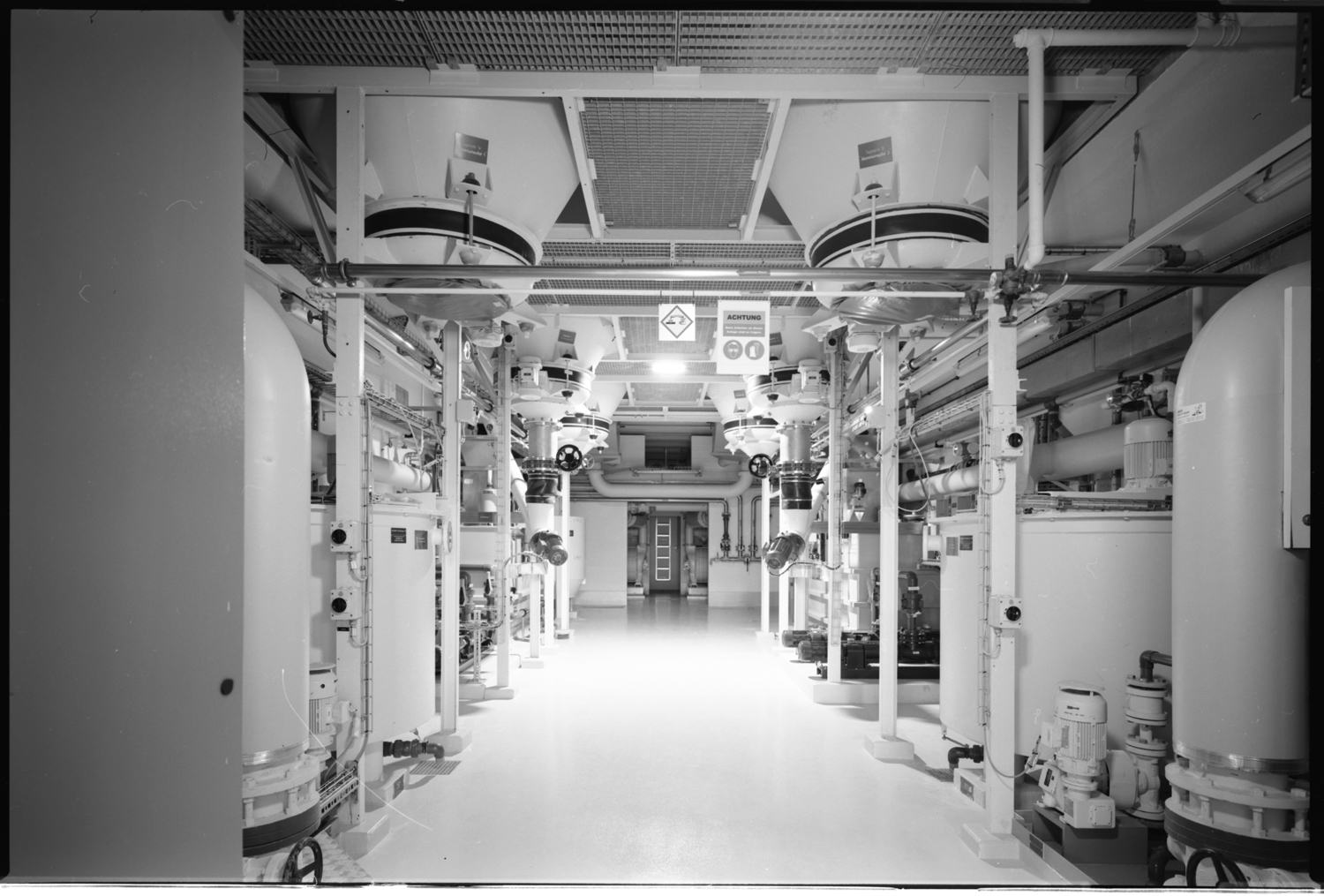
Photographic result from ALPA camera equipment.
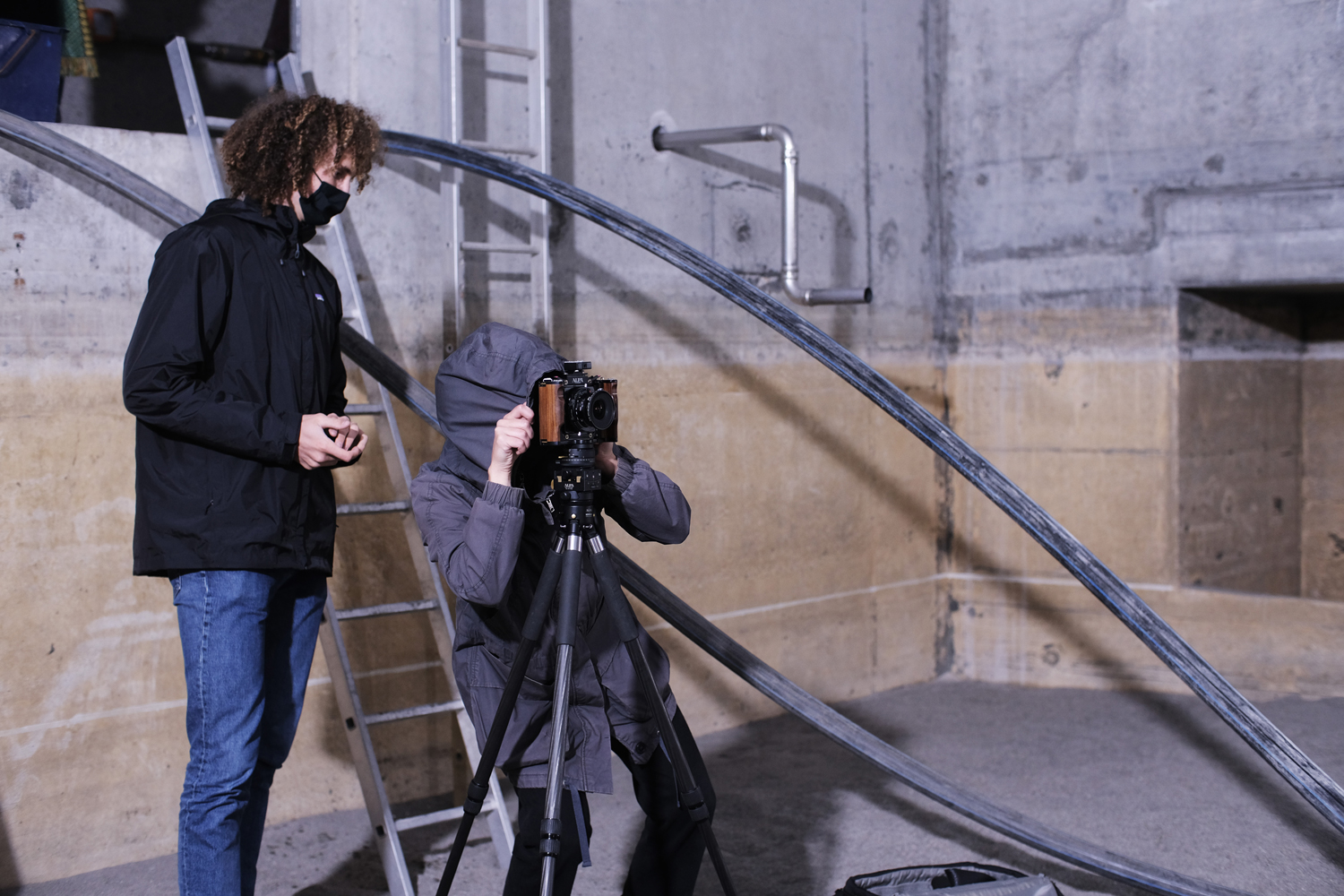
Feld work at the water treatment plant Lengg, Zürich.
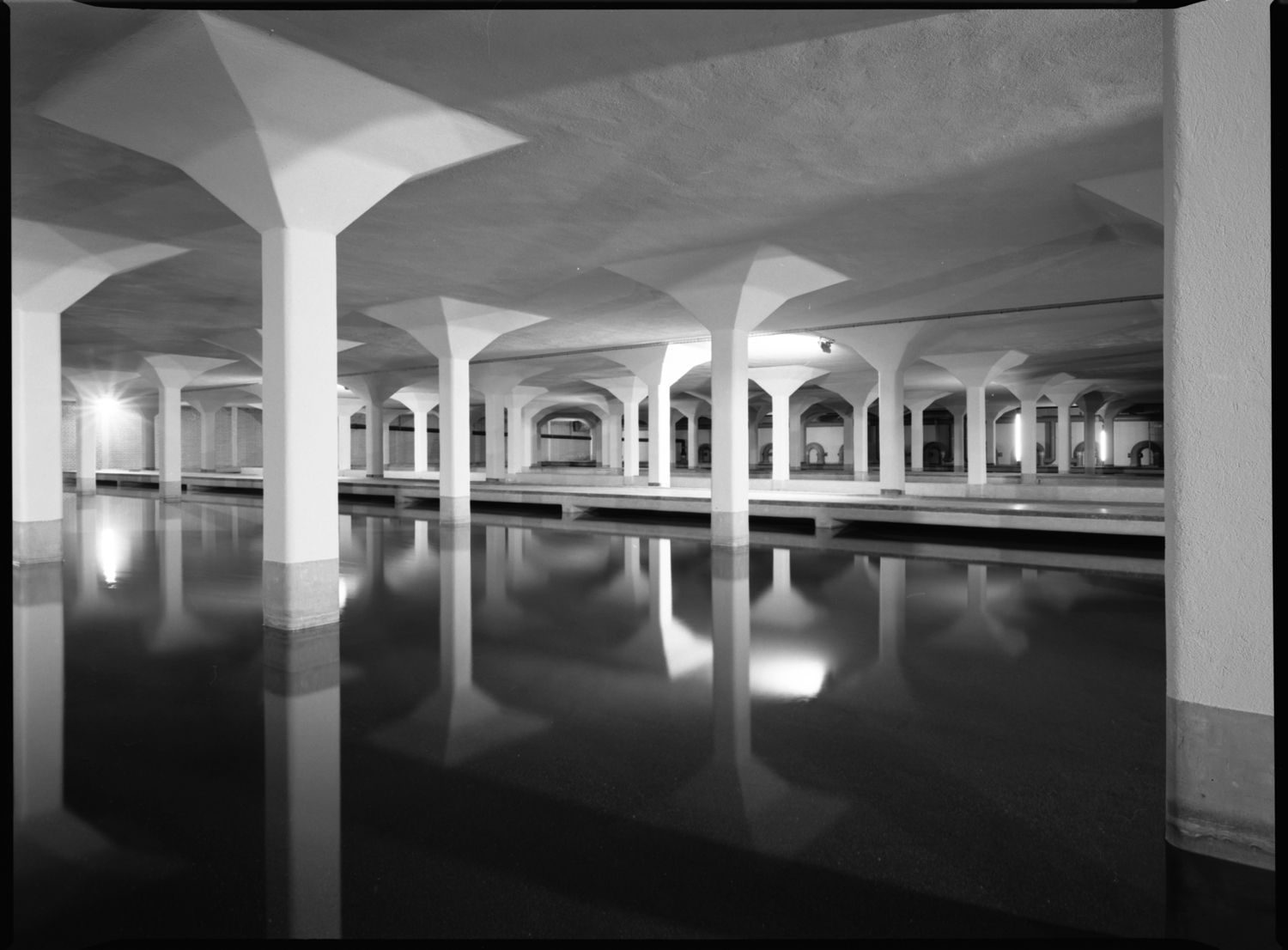
Photographic result from ALPA camera equipment.
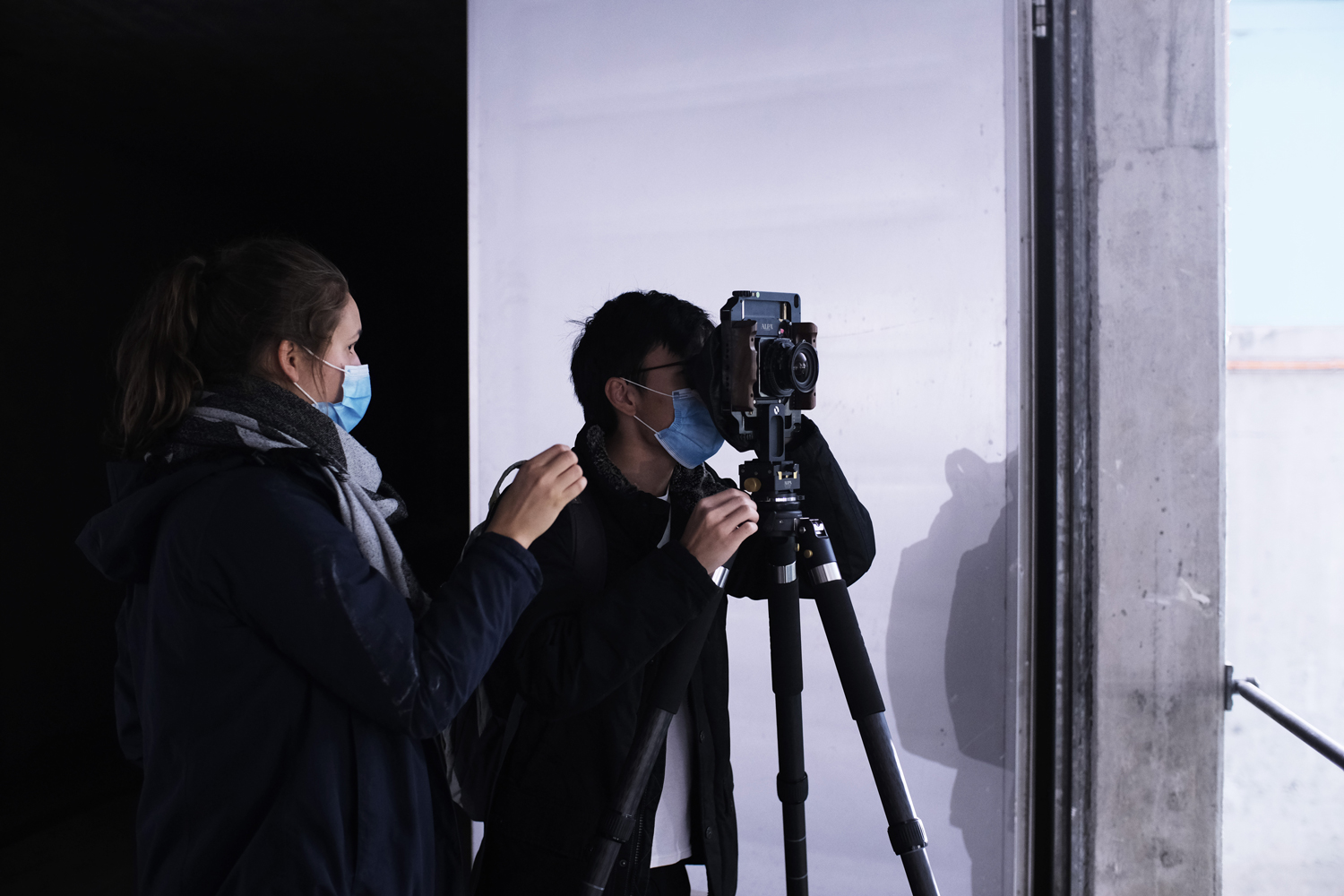
Feld work at the water treatment plant Lengg, Zürich.
After a long journey from its alpine sources, Zurich’s drinking water is stored in hidden chambers underground before it is ultimately directed to the user. Although being vital to everyday life, these very specifically designed and highly connected infrastructures remain mostly out of sight. The fresh-water reservoirs form a ring of single bodies located on the hilltops around the city’s center. A second lake of the city—decentralized, artificial, underground.
Throughout the historic development of Zurich it’s water supply has been critical to its flourishing as a city. Drinking water could initially only be sourced from groundwater wells or local springs. Both of which still play a role in today’s water supply. But additionally and most importantly today is the sourcing of lake water. The latest opportunity gradually became possible due to a combination of better filtration systems and the cleaning of rivers and lakes in and around Zurich.
Different infrastructure and nationwide fishery and water protection laws established around 1900 made this shift possible. Ever since the water quality is constantly monitored and improved especially in regards to agricultural chemicals. Since 1914 Zurich gains a large portion of its drinking water from the lake even if a plurality of water sources is maintained for the water system to be resilient towards possible threats and natural disaster.
With support from:



